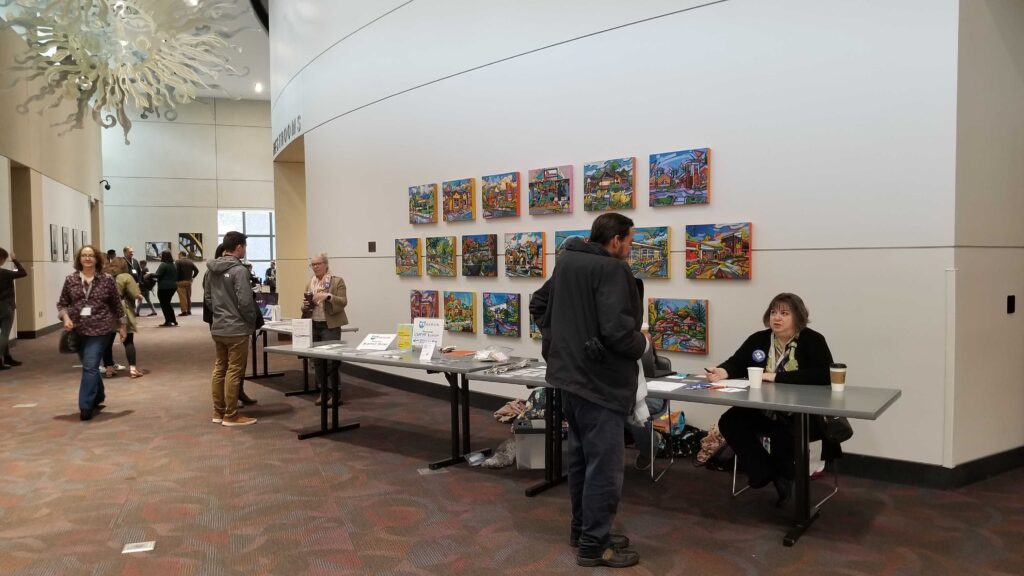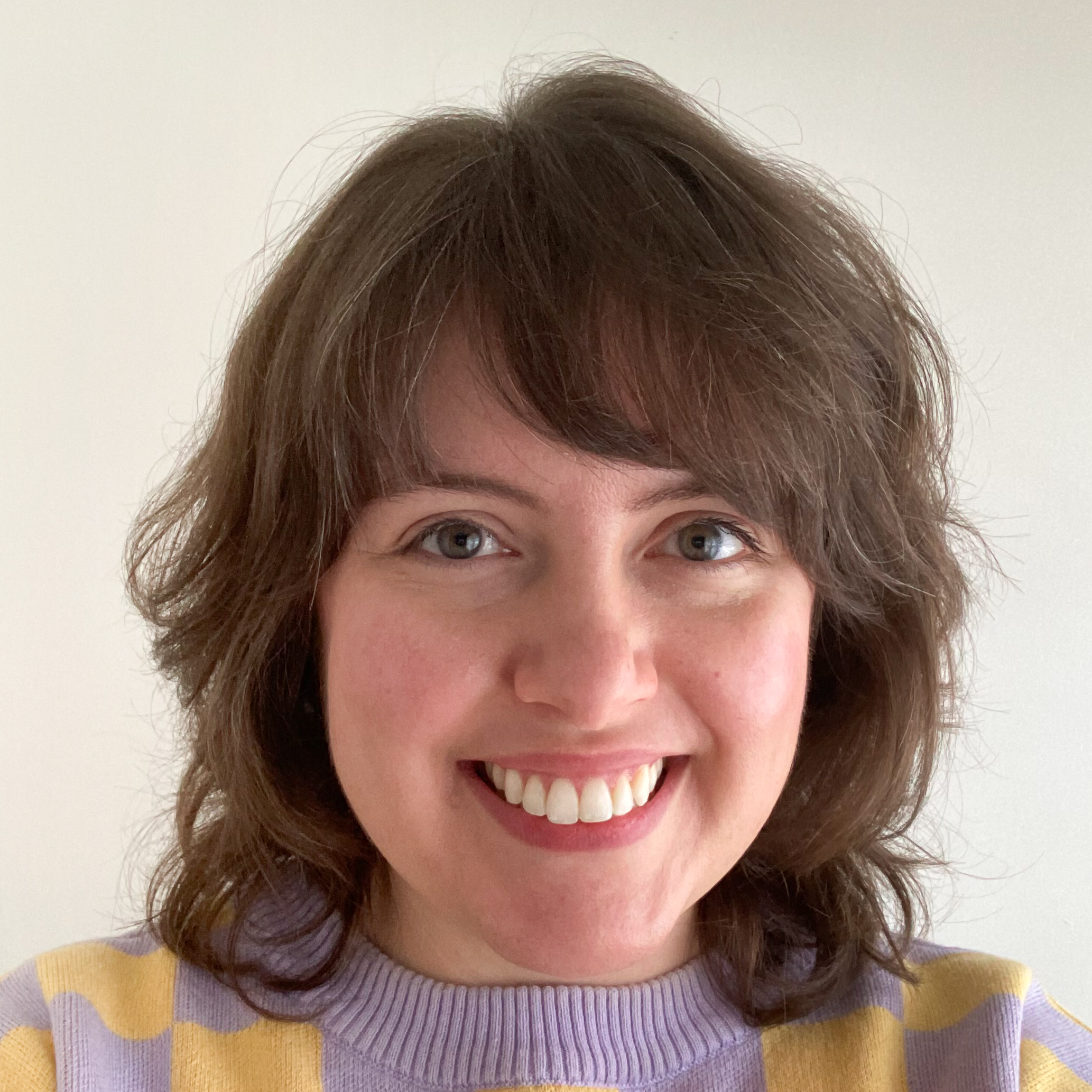
Elizabeth Gould, User Experience Designer, Kent State University
What drew you to study User Experience Design?
I was drawn into UX when trying to figure out what I wanted to do with my life. I graduated with my undergraduate degree, at Kent State University, with a BFA in Installation Sculpture. At that time, trying to survive and pay bills with an arts degree was not realistic. So, I spent some time doing odds and ends until I happened to do some digging in Kent State’s School of Information graduate degrees and saw UXD. After doing some research trying to figure out what User Experience Design was, I learned it was a good blend of Technology along with the bits of an artist’s background.
Tell us about your experience working in the University Library at Kent State. How does your library experience inform your UX work?
Working at University Libraries prepared me for the difficulties that come with most front-facing service jobs, along with learning how to manage back-end operations simultaneously.I feel like I have been practicing UX during my entire career at University Libraries, just not from the typical digital standpoint that most people associate UXD with.
When Patrons come to the desk, or call over the phone, they have a general idea of what they want, but sometimes have no idea how they need to access what they need. In my various roles, I have had to troubleshoot and problem-solve all these different issues. Sometimes the Patron was not at fault for being unsuccessful, it was the flow of information that was confusing. Those situations sometimes resulted in having to connect with units who oversaw those operations, figure out their point of view, tell them about the Parton experience, and figure out of path forward that worked for all parties involved.
What’s something you wish more people understood about design in general or about your day-to-day work?
I wish people understood that it is not always about them when it comes to design. I think the heart of the problem they are trying to solve is about making something better, but there are times when it is not presented in that manner. There are so many different threads that feed a final product and for many reasons, not everyone is aware of those threads. We do not need to understand how to do someone else’s job, but we should become more aware of these threads and how a decision could influence another thread.
What do you wish more designers understood? Or what do you think the dialog in our community of practice is missing?
In some regard, think our community is missing simplicity. UX is constantly evolving, and evolution is great. Things are constantly being re-evaluated and adjusted to keep up with the market and big enterprises, but it feels like some areas of UX are moving too fast. Is UX evolving for the sake of trying to constantly chase enterprises and stay afloat or is it evolving because there is a functional need for it to change? The hardest thing I am trying to keep up with is the constant shifting of the names of what we call things. It feels like every year and a half the names are being updated and now I have to play catch up with my own terminology.
What are you working on learning now, or have just heard about that fascinates you? What would like to learn next?
I am currently learning how to lead and direct as a UXD. In some ways, it is the same as a manager role, but in other ways also very different. Depending on the team, the target goal, the day even, there are so many pieces of the puzzle that I am trying to learn how to keep afloat until I need a specific piece. It is very overwhelming, but I am trying to focus on one element at a time. I am very grateful to my mentors who have coached me and were there to just let me talk through things. I would not be where I am without them.

UX Akron is a 501(c)(3) organization that runs on the generous support of individual donors and sponsors. Your donations allow us to offer in-person events that are free and open to the public. The majority of the money we receive goes directly to these events. A portion is also used to serve day-to-day overhead and operational needs, such as monthly costs for website hosting and development, online meeting software, etc.
